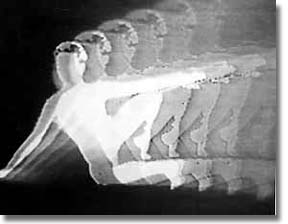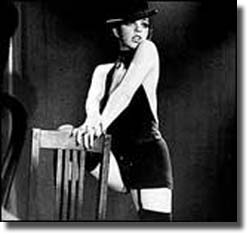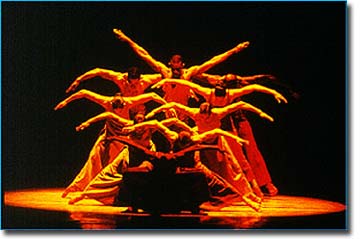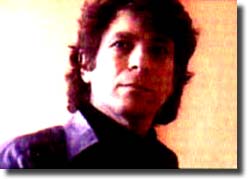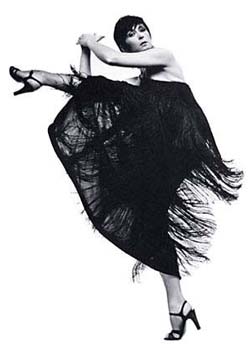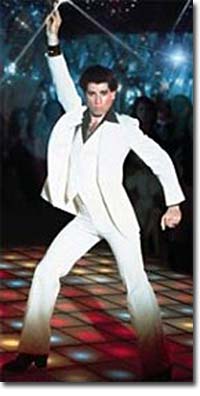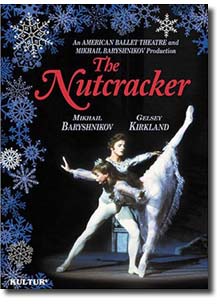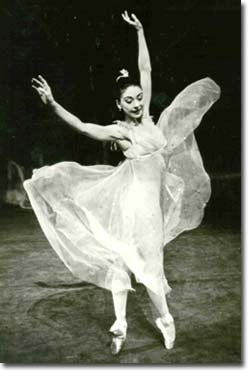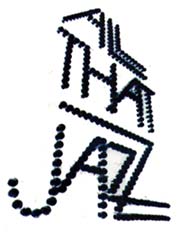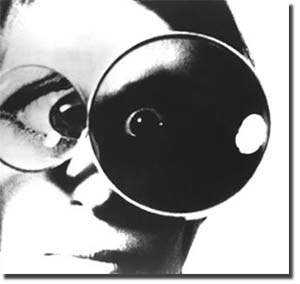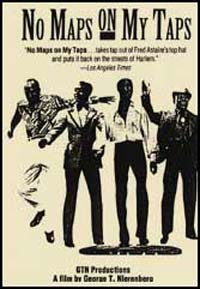|
|
1970 |
An estimated 231 million television sets are in use worldwide |
|
1971 |
Doris Chase makes Circles I, the first of her many dance films. |
|
The first Dance on Camera Festival is sponsored by Dance Films Association (DFA). |
|
1972 |
Ballet for All series directed by Nicholas Ferguson is made in the U.K. and broadcast on BBC. |
Bob Fosse choreographs and directs Cabaret, winning an Academy Award for best director. |
|
|
1973 |
The film American Ballet Theatre: A Close-up in Time, directed by Jerome Schnur, includes discussion of the history and repertory of the company as well as excerpts from Swan Lake, Les Sylphides, Rodeo, and The River, and the complete Pillar of Fire. |
|
1974 |
Alvin Ailey introduces Alvin Ailey, Memories and Visions, directed for PBS by Stan Lathan, which includes excerpts from Cry, The Lark Ascending, and Revelations. |
|
The first of three anthologies, That's Entertainment, is produced by MGM, directed by Gene Kelly. |
In the television series "Camera Three" Merrill Brockway directs a program on Merce Cunningham, A Video Event with M.C., combining four screens showing the same dance event from varying angles. |
|
1975 |
Videographer Charles Atlas and Merce Cunningham collaborate on Westbeth. |
David Hahn directs In a Rehearsal Room, which includes choreography by William Carter to the music of Pachelbel performed by Cynthia Gregory and Ivan Nagy. |
Dennis Diamond starts archiving dance performances on video at Dance Theater Workshop. |
|
Sony offers the Betamax, the first popular home VCR, in November in the US. The console sells for $2295 and one-hour 1/2" tape cassettes for $15.95. Sony seeks to create a standardized format (as it had with U-matic in 1969) by getting seven other companies to produce machines to play Beta cassettes.
|
|
1976 |
The landmark "Dance in America" series, begins its first year of broadcast with programs on the Robert Jeffrey Company, Twyla Tharp, Martha Graham, the Pennsylvania Ballet, and American Ballet Theatre. |
In October, JVC introduces VHS (Video Home System) to the marketplace. Sony sells a Betamax VCR deck and advertises that "you can tape something off one channel while watching another and build your own library of favorite shows". MCA/Universal and Disney file a lawsuit, finally won by Sony in 1984. |
|
1977 |
Herbert Ross directs The Turning Point, a feature fiction film set in the dance world. It features Anne Bancroft and Shirley McLaine in non-dancing roles, and Leslie Browne, Mikhail Baryshnikov, and a host of other stars performing. |
Twyla Tharp and Don Mischer explore the possibilities of dance on the small screen in Making Television Dance. |
|
John Badham directs Saturday Night Fever, with John Travolta. |
|
American Ballet Theatre's Nutcracker, choreographed by Mikhail Baryshnikov and directed by Tony Charmoli (who used a handheld minicam camera to walk into the dance action) airs on NBC. |
|
| |
|
Dune Dance, produced and directed by ex-Cunningham dancer Carolyn Brown, is based on improvisation; the dancers, led by Sara Rudner, play in the sand with such rhythmic precision that traditional ballet music was added for a winningly comic affect.
|
| Milos Forman directs the film version of the stage success Hair, with choreography by Twyla Tharp. |
|
| Meredith Monk's Quarry, a meditation on a child's dreams about World War II, is performed by her group The House, directed by Amram Nowak. This is one of the few films produced by the Jerome Robbins Archive of the Dance Collection that have been cleared for release, another is Torse, a collaboration between Merce Cunningham and Charles Atlas that uses two synchronous films projected simultaneously on adjacent screens. The continuity between the two is produced by chance. |
|
1979 |
Sony introduces Beta scan, which allows "visible picture" while fast-forwarding.
"The Magic of Dance" series, directed by Patricia Foy in the U. K., is narrated by Margot Fonteyn.
|
|
All That Jazz, directed and choreographed by Bob Fosse, wins an Academy Award for editing. |
|
16 Millimeter Earrings by Meredith Monk. |
|
No Maps on My Taps, directed by George T. Nierenberg, explores tap dancing with historical footage from the 1930s and portraits of three master hoofers, with a finale at Harlem's Smalls Paradise (Spain, Dance on Camera 1998)
|
|
